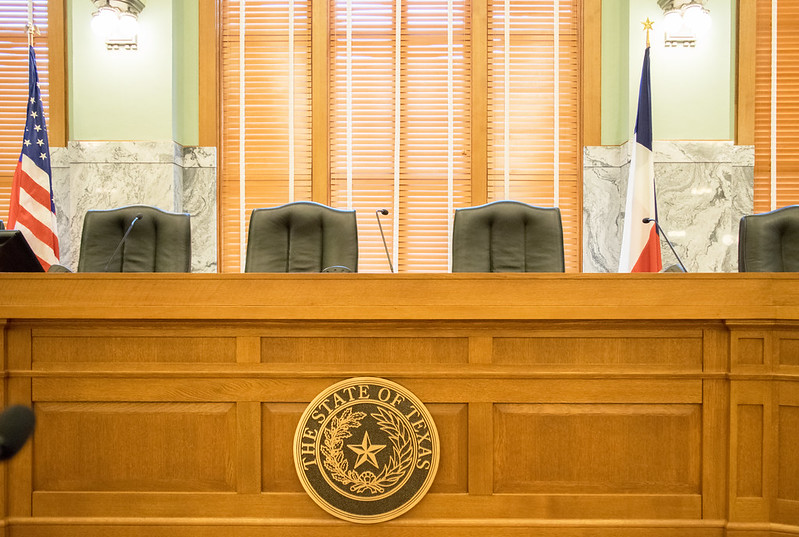 SECURITY
SECURITY
 SECURITY
SECURITY
 SECURITY
SECURITY
Websites belonging to Texas courts have been targeted in a ransomware attack and were shut down late last week as a consequence.
The attack was disclosed by the Office of Court Administration for Texas in a statement Monday. The ransomware attack was detected on Friday, May 8, and is described as occurring in “overnight hours.”
“OCA was able to catch the ransomware and limit its impact and will not pay any ransom,” the statement said. “Work continues to bring all judicial branch resources and entities back online.”
Texas court sites affected by the ransomware attack include the Texas Supreme Court, according to Law.com. The court has switched to releasing orders and opinions on Twitter until such time that its website is restored.
The form of ransomware used in the attack was not disclosed. The OCA added in its statement that they do not believe any sensitive information was stolen and that cloud services for filing documents were not affected.
“The latest Texas ransomware incident follows last year’s string of ransomware attacks on various Texas municipalities,” Anurag Kahol, chief technology officer at cloud security firm Bitglass Inc., told SiliconANGLE. “State and local governments often struggle to keep pace with updates and upgrades to their software and systems and by offering more services to citizens digitally without making necessary cybersecurity investments, they leave themselves more vulnerable to cyberattacks.”
The attacks on Texas government services include an attack on Del Rio in January 2019 as well as an attack on 23 different Texas local governments in August. Although other states may pay ransoms, Texas has been a standout in the U.S. in refusing to cave to ransom payment demands.
“To thwart ransomware attacks and mitigate their impact, government entities (and all organizations) need advanced threat protection – particularly during this era when more employees are working from home than ever before,” Kahol added. “Organizations should leverage agentless security solutions that can identify and remediate both known and zero-day threats on any cloud application or service, and protect managed and unmanaged devices that access corporate resources and data. This includes solutions that can automatically block malware in the cloud that is both at rest or in transit.”
THANK YOU